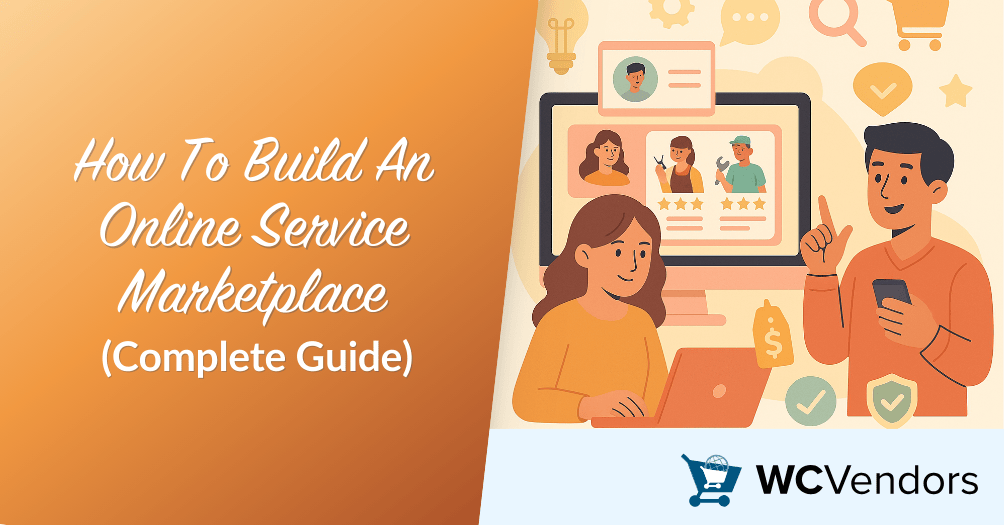
There’s a quiet shift happening in how people get things done. More and more, they turn to an online service marketplace to hire freelancers, book local services, or get expert advice without leaving home.
We’ve seen marketplace owners tap into this trend and build thriving businesses. They create spaces where people connect, collaborate, and pay with confidence. And here’s the best part: you don’t need a massive team or huge budget to pull it off.
It takes smart planning, the right tools, and a clear system for managing service providers and payments. Like laying the foundation before you build a house, these steps set you up for stability and growth.
In this guide, we’ll walk you through the practical steps to build your own online service marketplace, keep service quality high, and create a system that can grow with you.
What Is An Online Service Marketplace?
An online service marketplace is a digital platform that connects service providers with clients seeking their offerings. Unlike a physical store, it lets you sell services like graphic design, consulting, or home repair from anywhere.
Examples like Upwork, TaskRabbit, and Fiverr show just how flexible this model can be.
Upwork focuses on professional services such as writing, design, and development. TaskRabbit connects people with local providers for tasks like home repairs and cleaning, while Fiverr specializes in creative and digital services, offering everything from graphic design to video editing.
The main advantages are scalability, lower overhead, and recurring revenue from commissions or subscriptions. According to eMarketer, ecommerce sales are expected to reach $6 trillion in 2024, accounting for 20.1% of global retail sales.
Step 1: Choose Your Marketplace
Before you build a service marketplace, it helps to know the different types of online marketplaces out there. Some focus on narrow niches. Others cover a wide range of categories. Knowing where you want to fit in will shape your entire project.
Below are the four common types of online service marketplaces. Let’s break them down.
Professional Services Marketplace
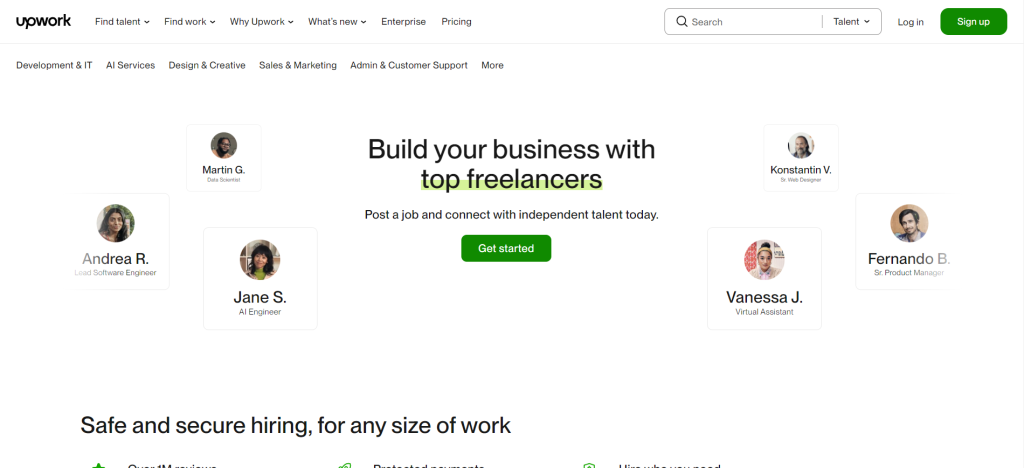
These platforms connect experts with clients looking for specialized help. Think consultants, designers, marketers, or developers. Upwork and Toptal are well-known examples.
If you’re aiming to build a professional services marketplace, make sure to focus on quality and clear skill verification.
Local Services Marketplace
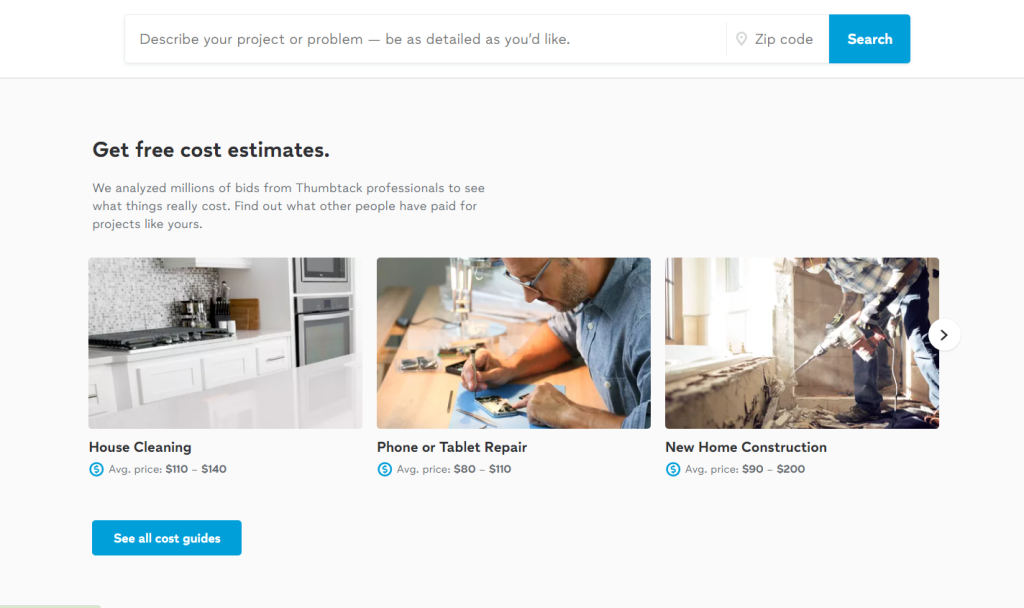
Local service platforms connect people with providers in their area for things like home service, repairs, or cleaning. TaskRabbit and Thumbtack are great examples here.
These marketplaces often rely on location tools and customer reviews to build trust between users.
Educational Services Marketplace
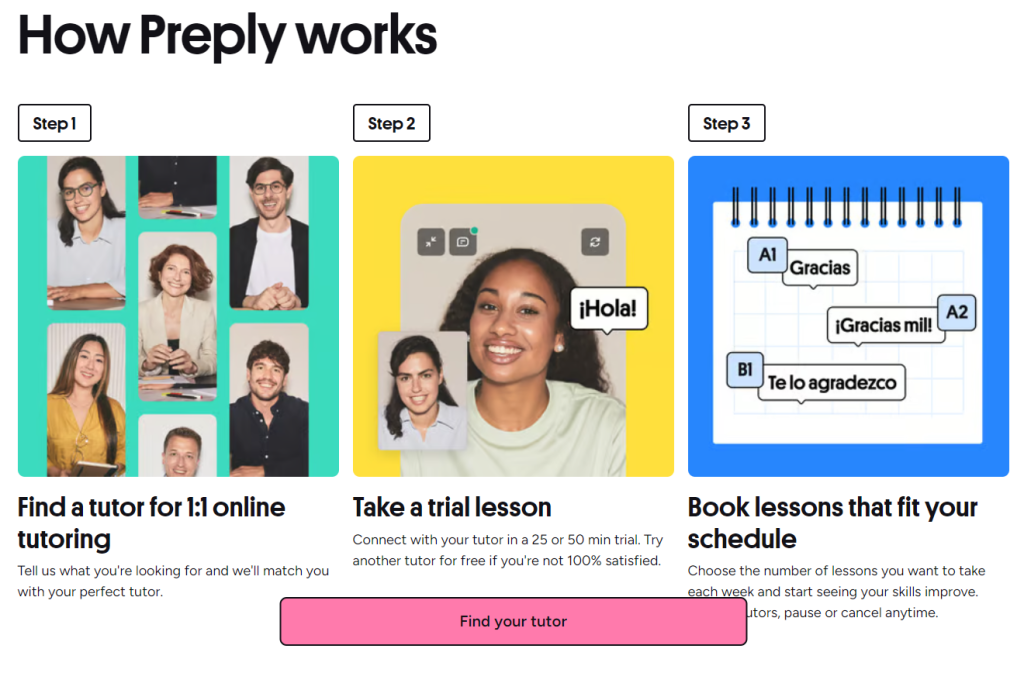
This type connects learners with tutors, coaches, or instructors. Platforms like Preply help people improve their skills, whether it’s learning a language or picking up guitar.
Multi-Category Service Marketplaces

Some platforms cover several categories, offering everything from graphic design to home services in one place. As your marketplace grows, adding more categories can help you attract a wider audience and increase revenue.
Remember, the types of service marketplaces you choose to focus on will shape your features, audience, and marketing approach. And while it’s tempting to cover everything at once, many successful marketplaces start small, then expand as demand grows.
Step 2: Choose A Business Model
Your business model is the backbone of your service marketplace business. It determines how you generate revenue and sustain operations. Common models include:
- Commission-Based: Charging a percentage fee per transaction. This model is prevalent in marketplaces like Upwork and Fiverr, where the platform earns a cut from each completed service.
- Subscription-Based: Users pay a recurring fee for access or premium features. Platforms like LinkedIn Premium and certain educational marketplaces adopt this model to provide enhanced visibility or tools.
- Listing Fees: Service providers pay to list their offerings. This approach is common in directories or specialized service platforms where visibility is a premium.
- Freemium: Basic services are free, with charges for advanced features. For instance, platforms like Peerby allow free listings but offer premium features for a fee.
Choosing the right model depends on your target audience and the value you provide.
For instance, a professional services marketplace might benefit from a commission-based model, while a local services platform could opt for listing fees. It’s also common to combine models, such as offering a freemium tier with optional subscriptions for added features.
Step 3: Build A Minimum Viable Product (MVP)
Before you rush into launching a full-scale marketplace, it’s smart to start small with a Minimum Viable Product (MVP). An MVP is a basic, working version of your platform that includes only the most essential features needed to serve users and test your idea.
Why is this important? Because building a marketplace is complex, and if you wait to launch until every possible feature is perfect, you risk wasting time, money, and effort on things your users may not even care about.
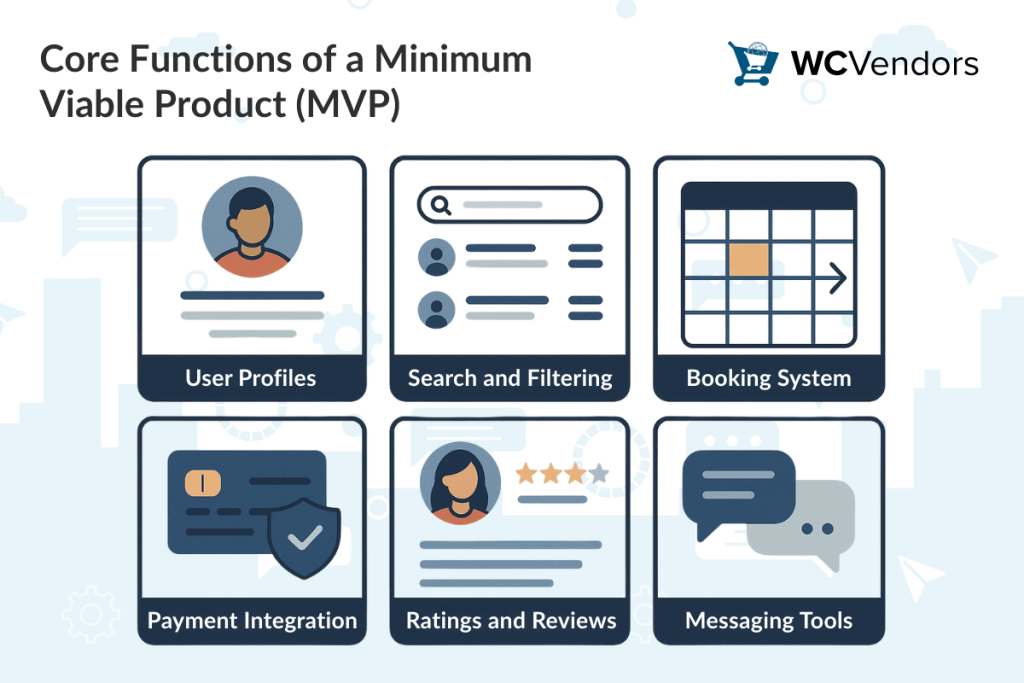
Your MVP should focus on the core functions that allow people to sell services, connect, and pay safely. Here’s what to include:
- User Profiles for service providers and clients, showing their background, services, and reviews.
- Search and Filtering tools so users can easily find providers by category, location, price, or rating.
- Booking System to let clients schedule services, which is especially important for local services or appointments.
- Secure Payment Integration so transactions can happen safely on your platform.
- Ratings and Reviews to help build trust and show service quality.
- Messaging Tools to allow direct communication between clients and providers.
Once your MVP is live, you can invite early users and collect feedback on what works and what’s missing. This real-world input helps you prioritize improvements and avoid guessing what features to build next.
The goal is not to be perfect from day one. It’s to launch quickly, learn fast, and improve as you go — that’s what leads to a successful service marketplace over time.
Step 4: Select The Right Marketplace Platform
Selecting the right marketplace platform is one of the most important decisions in this process. It provides the foundation for everything from managing users to handling transactions.
There are three main options to consider. Each offers a different balance of flexibility, cost, and technical complexity.
- Custom Development provides complete control and customization but usually requires a large budget and a skilled development team.
- Open-Source Solutions like Sharetribe allow more affordable customization but still require some technical knowledge.
- WordPress Marketplace Plugins like WC Vendors offer an accessible and powerful option, especially for those using WooCommerce. It supports digital, physical, and online service offerings, making it a versatile choice for launching a multi-vendor marketplace WordPress site.
| Feature / Platform | Custom Development | Sharetribe | WC Vendors (WordPress Plugin) |
|---|---|---|---|
| Overview | Fully tailored solution built from scratch | No-code/low-code SaaS for service marketplaces | WooCommerce plugin for multi-vendor marketplaces |
| Ideal For | Large-scale, complex marketplaces | Quick launches with minimal coding | WordPress users seeking flexibility and control |
| Pricing | $50,000–$300,000+ one-time cost | $39–$299/month | $99.50–$299.50/year |
| Time to Launch | 6–12 months | 1–2 days | 1–2 weeks |
| Customization | Unlimited customization | Limited without coding | High customization via WordPress ecosystem |
| Technical Skills Required | High | Low to medium | Medium |
| Scalability | High | Moderate | High |
| Key Features | Fully customizable features | Built-in booking, messaging, payments | Vendor dashboards, flexible commissions, bookings |
| Maintenance Responsibility | Your team or hired developers | Handled by Sharetribe | Managed via WordPress and plugin updates |
| Support | Depends on development team | Email support included | Email support and community forums |
Selecting the right platform depends on your specific requirements, technical expertise, and budget. Consider starting with a more accessible option like WC Vendors, and scale up as your marketplace grows.
Step 5: Onboard And Manage Service Providers
In any online service marketplace, the quality of service providers directly shapes the customer experience. Onboarding service providers thoughtfully is essential to building a strong, trusted platform.
Start by simplifying the registration process. Ask only for necessary details to avoid overwhelming new providers.
Implement verification processes such as identity checks, certificates, or work samples to ensure professionalism. This helps clients feel safe hiring from the marketplace.
Offer early incentives to attract providers, for example:
- Reduced commission fees during the first three months
- Free featured placement on category pages
- Access to exclusive training or marketing resources
An online service marketplace with well-prepared providers earns a reputation for reliability, which encourages client loyalty and helps providers succeed.
Step 6: Integrate Secure and Efficient Payment Systems
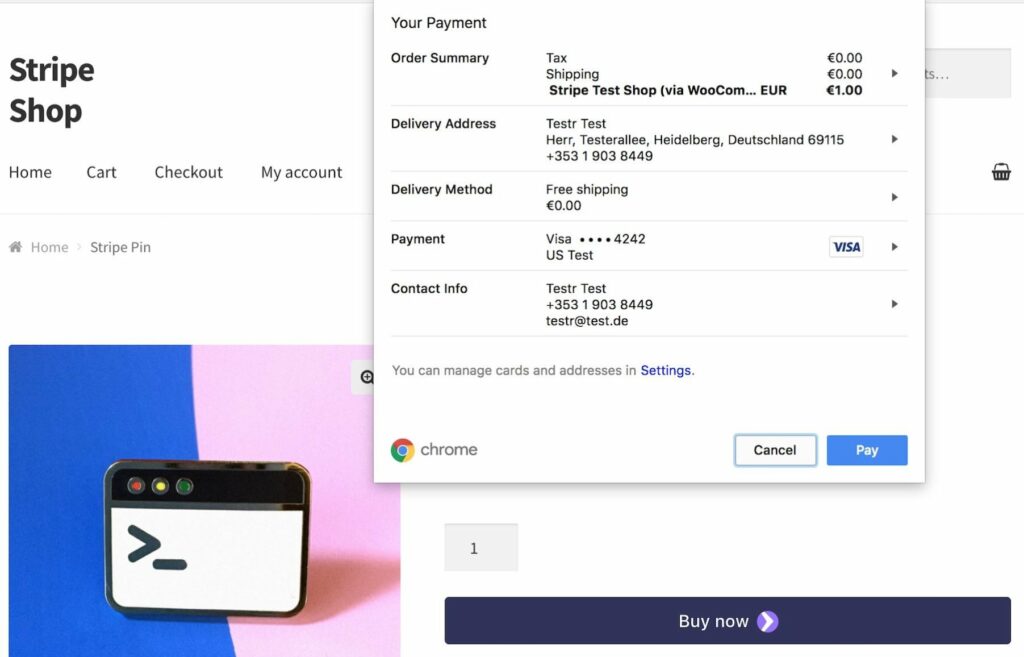
Payments are the engine of every online service marketplace. Without a smooth, secure payment system, clients and providers will lose confidence and may not return.
Choose trusted payment gateways such as Stripe, PayPal, or regional options that fit your audience. These tools support a wide range of currencies and payment methods.
Automate commission tracking so the platform’s earnings are deducted automatically when a client pays. For example, if a provider earns $100 and your commission is 10%, the system automatically splits the payout: $90 to the provider and $10 to the platform.
Ensure you:
- Comply with local tax and financial regulations
- Provide clear payout schedules for providers
- Offer multiple withdrawal options like bank transfer or e-wallets
A secure, reliable payment system is essential for the reputation of an online service marketplace. It builds trust, reduces manual work, and keeps both clients and providers satisfied.
Step 7: Develop A Marketing And Growth Strategy
A great marketplace website needs visibility to succeed. That’s because marketing helps attract both providers and clients and creates momentum for growth.
For starters, content marketing is a smart way to offer value and build authority in your niche. Additionally, social media platforms help connect with the audience and create a community around the marketplace.
On top of that, email marketing works well for nurturing leads and encouraging repeat business. Meanwhile, optimizing the site for search engines brings in steady organic traffic over time.
Finally, referral programs can be especially effective. By encouraging current users to bring in others, you help build the network and reduce acquisition costs.
Step 8: Scale Your Marketplace For Growth
Once your online service marketplace is running smoothly, it’s time to focus on growth. Scaling requires thoughtful expansion that balances reach and quality.
Consider expanding in these ways:
- Offer new service categories to attract a broader range of clients and providers
- Expand to new locations or languages to tap into new regional or global markets
- Add new features like AI recommendations, mobile apps, or loyalty programs to improve user experience
Scaling to a Multi-Vendor Marketplace
As your platform grows, moving to a multi-vendor system becomes essential. This allows multiple service providers to manage their own listings, schedules, and client communication, reducing the workload on your core team.
WC Vendors offers tools specifically designed for this stage of growth. It provides features like front-end vendor dashboards, customizable commission models, and flexible payment options, all integrated within WooCommerce.
These capabilities make it easier to scale operations while maintaining control over the platform’s quality and performance.
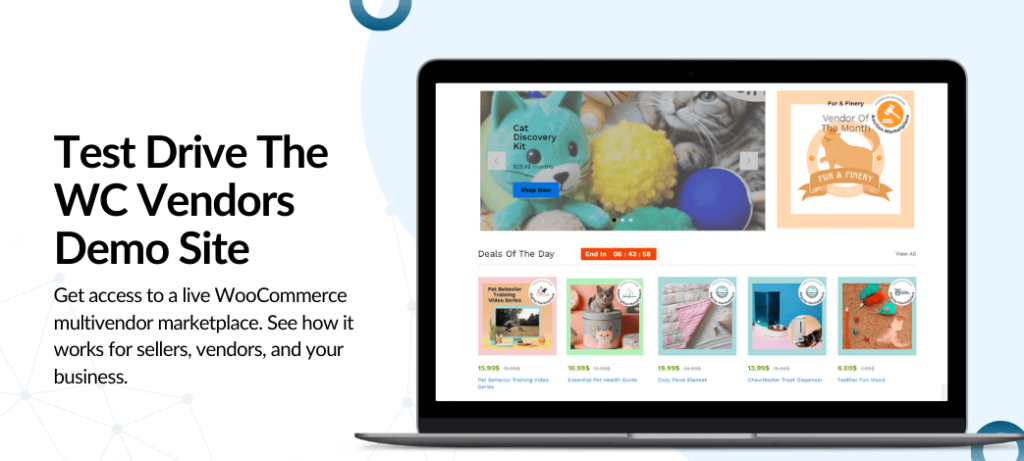
If you want to explore its capabilities firsthand, visit the WC Vendors demo site and sign up for free access.
The demo lets you test all key features and popular extensions — including subscriptions, wholesale, booking, auction, and membership — and provides full backend access for six hours.
Scaling thoughtfully helps ensure that your online service marketplace continues to deliver a great experience even as it expands.
Step 9: Ensure Service Quality And Build Trust
Trust is the foundation of a successful service marketplace. Without it, clients and providers will quickly look for other options.
A rating and review system helps highlight top-performing providers and reassures clients about quality. Good customer service ensures that issues are handled fairly and promptly.
Clear policies on cancellations, refunds, and disputes set expectations and reduce misunderstandings. Building trust takes consistent effort, but it is what turns first-time users into loyal, long-term customers.
Conclusion
Building an online service marketplace takes careful planning, the right tools, and a focus on both quality and growth. When done thoughtfully, it creates a platform where clients and providers connect confidently and where your business can scale sustainably.
Follow these key steps to guide your success:
- Step 1: Choose Your Marketplace
- Step 2: Choose a Business Model
- Step 3: Build a Minimum Viable Product (MVP)
- Step 4: Select the Right Marketplace Platform
- Step 5: Onboard and Manage Service Providers
- Step 6: Integrate Secure and Efficient Payment Systems
- Step 7: Develop a Marketing and Growth Strategy
- Step 8: Scale Your Marketplace for Growth
- Step 9: Ensure Service Quality and Build Trust
With these steps as your roadmap, you’ll be ready to launch and grow a thriving online service marketplace that delivers real value to both clients and providers.
Start today by exploring your options, testing your ideas, and visiting the WC Vendors demo site to see how the right tools can help you build, launch, and grow a successful online service marketplace.
Frequently Asked Questions
What is the difference between an online service marketplace and a product marketplace?
An online service marketplace connects clients with service providers, while a product marketplace facilitates the sale of physical or digital goods.
Do I need a license to operate an online service marketplace?
Licensing requirements depend on your jurisdiction and the services offered; consult local regulations to ensure compliance.
How do online service marketplaces handle international payments?
They integrate with global payment gateways like PayPal or Stripe, which manage currency conversions and international transactions.
What are common challenges in managing a service marketplace?
Challenges include maintaining service quality, handling disputes, and ensuring a balanced supply of providers and clients.
What features are essential for a successful online service marketplace?
Key features include user profiles, secure payment systems, booking tools, messaging capabilities, and a review system.
